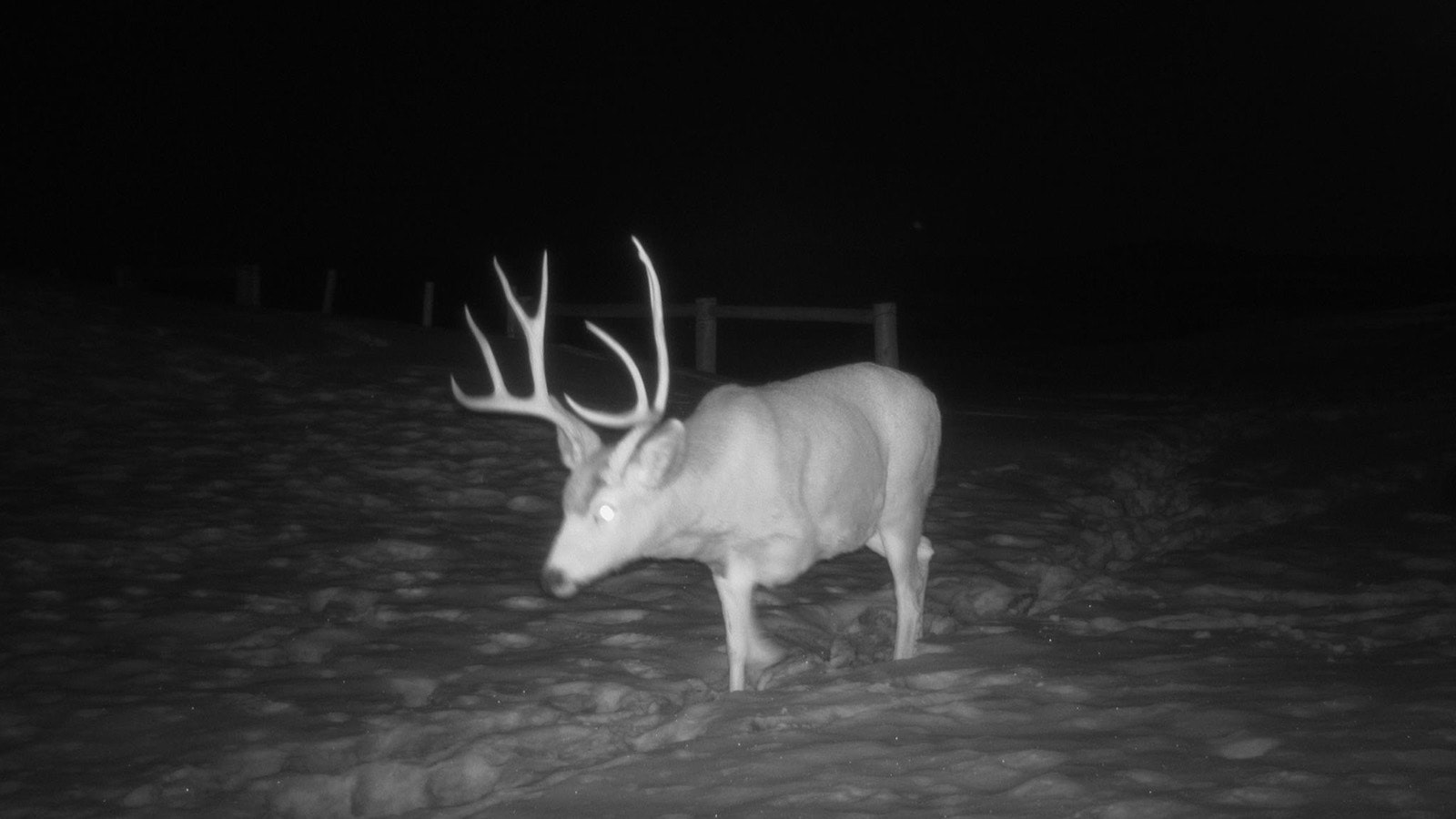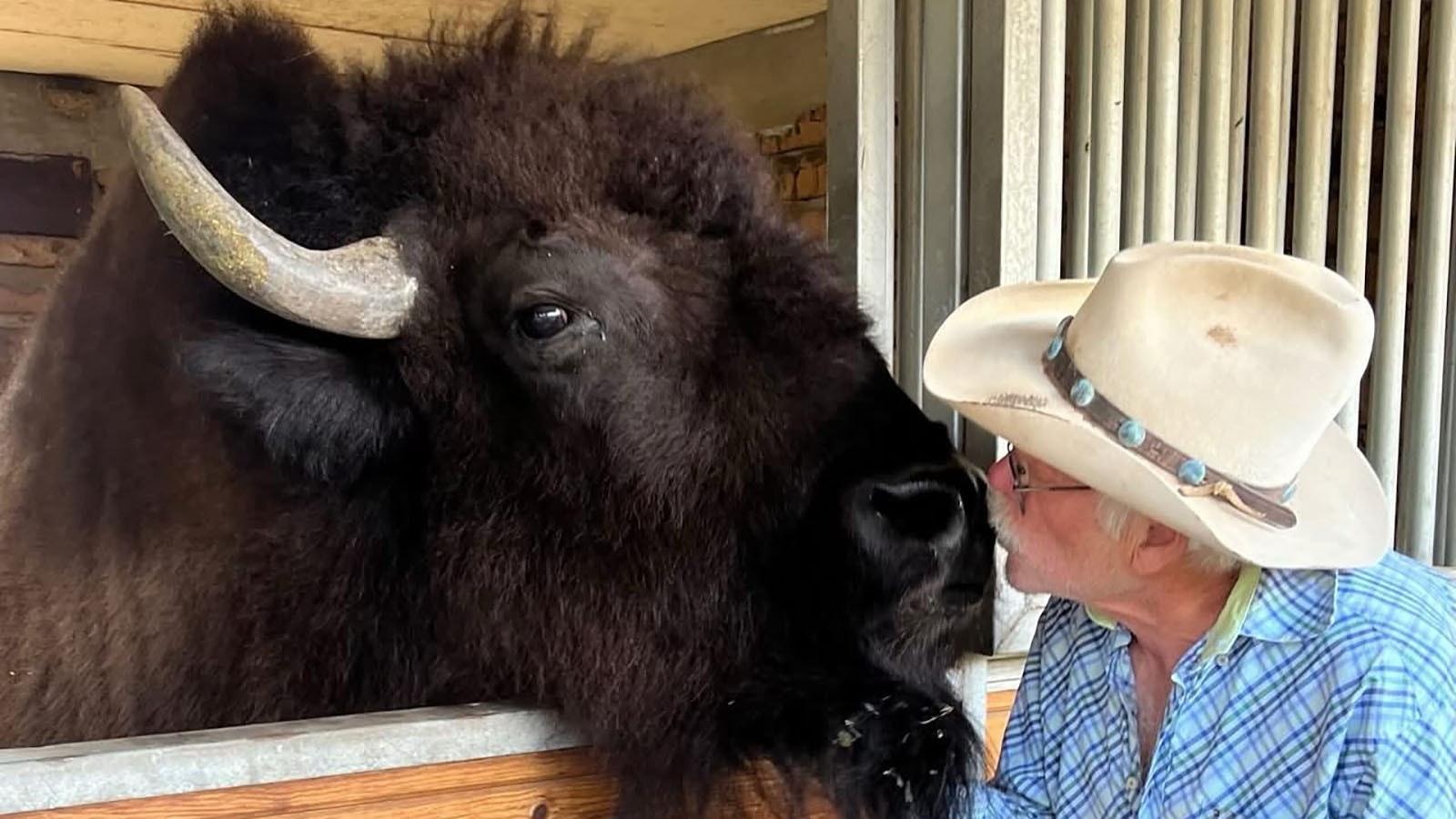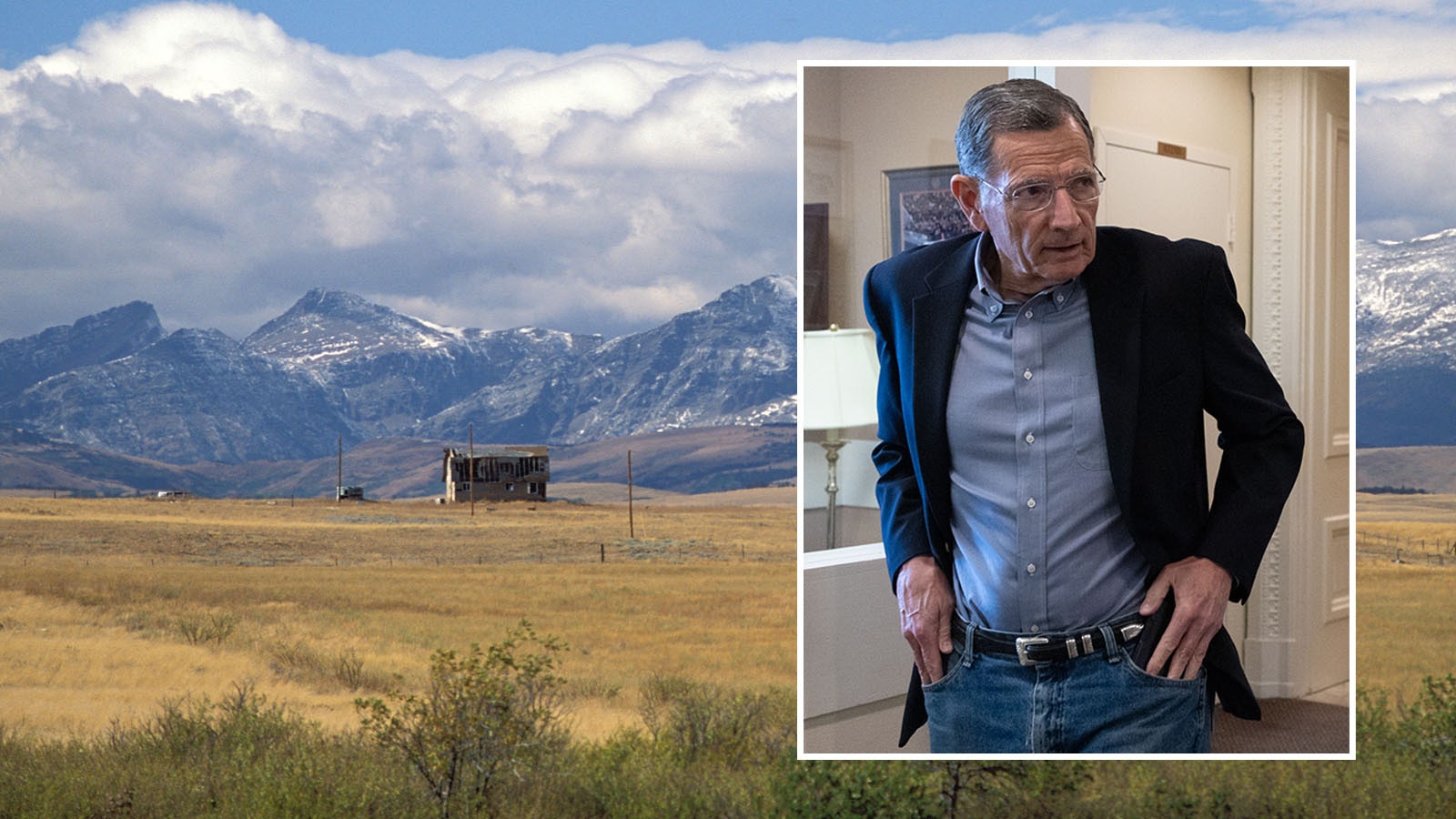The Wyoming Range mule deer herd is prized by the Cowboy State and envied across the West, but it’s been having a rough time of late.
As many as 10,000 of those deer, roughly a third of the herd, might have died during the most brutal winter in recent memory. And the dying might not be over yet, as deer struggle to adjust their digestive systems to new-sprouting greenery.
And to make matters worse, roadkill along U.S. Highway 189 clips even more deer from the beleaguered herd. As many as 150 are reported killed each year, especially along the worst stretch — the first 6 or 7 miles going north out of La Barge.
And those are just the ones that are officially reported, Jennifer Hoffman, an engineer with the Wyoming Department of Transportation, told Cowboy state daily. The actual death toll is likely higher.
Several Crossings Per Day
“This is winter range for the mule deer,” Hoffman said. “The deer cross several times a day. There’s not much traffic, but there is so much movement among the deer, they just get slaughtered.”
Hoffman is WYDOT’s resident engineer for the Dry Piney wildlife underpass project. It’s hoped that nine underpasses along a roughly 16-mile stretch of highway between La Barge and Big Piney can save deer and other wildlife from becoming roadkill casualties.
So far, six underpasses have been built. Fences designed to “funnel” wildlife toward the underpasses are finished at three sites. Oct. 31 is the target date to have the entire project finished, Hoffman said.
“Two of the underpasses are functioning the way they’re supposed to, and there are deer tracks at the third fenced site, indicating that animals have been using it too,” she said.

‘Praying They Don’t Get Smacked By A Car’
Avid outdoorsman Zach Key of La Barge has been anxiously watching the fate of the Wyoming Range herd play out this winter.
He’s started a program called “Let a Deer Walk,” which encourages hunters to leave their deer tags unfilled and instead use the tags to enter an Aug. 15 prize drawing.
As the snow melts, it’s revealing the carcasses of deer that froze or starved to death over the winter. And though spring weather is finally arriving, the herd’s ordeal isn’t over, Key told Cowboy State Daily.
“When we lose the most mule deer is usually about this time of year,” he said. “Their guts are trying to adjust to properly digesting green feed.”
When deer, nearly starved from the winter, start gorging themselves on greenery, their guts might not be able to handle it and it can kill them, Key said.
And the roadkill isn’t helping.
“Now, you’re kind of praying in your heart that they can make the dietary change and that they don’t get smacked by a car,” he said.
When The Signs Are Flashing, Pump The Brakes
Mule deer make up most of roadkill in the area and stand to benefit most from the underpasses, Hoffman said.
But antelope, which also have suffered horribly from winterkill this year, will be saved as well, she said.
“The terrain out here is super-flat. We couldn’t put overpasses like we could in the Pinedale area,” she said. “Antelope prefer to go under things, not over them,” Hoffman said.
Drivers can do their part by keeping an eye out,= and slowing down, particularly on that gruesome stretch just outside of La Barge, she said.
“We’re putting up some special signs there. We can turn them on and have them flashing when there are a lot of deer moving through there,” she said.
Mark Heinz can be reached at Mark@CowboyStateDaily.com.





